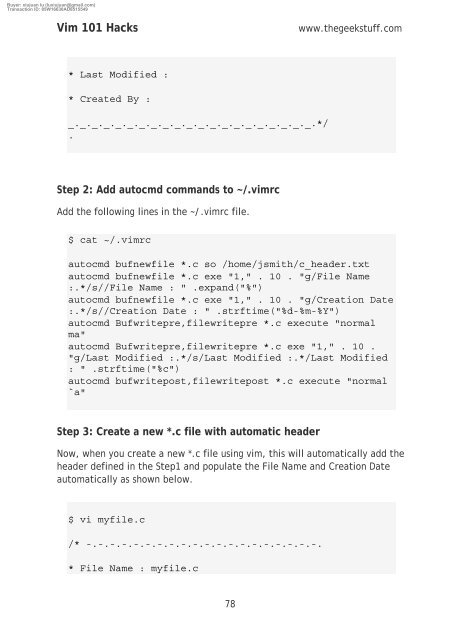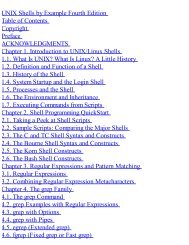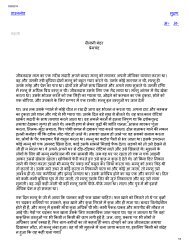vim 101 hacks
Create successful ePaper yourself
Turn your PDF publications into a flip-book with our unique Google optimized e-Paper software.
Buyer: xiujuan lu (luxiujuan@gmail.com)<br />
Transaction ID: 85W16630AD8515549<br />
Vim <strong>101</strong> Hacks<br />
www.thegeekstuff.com<br />
* Last Modified :<br />
* Created By :<br />
_._._._._._._._._._._._._._._._._._._._._.*/<br />
.<br />
Step 2: Add autocmd commands to ~/.<strong>vim</strong>rc<br />
Add the following lines in the ~/.<strong>vim</strong>rc file.<br />
$ cat ~/.<strong>vim</strong>rc<br />
autocmd bufnewfile *.c so /home/jsmith/c_header.txt<br />
autocmd bufnewfile *.c exe "1," . 10 . "g/File Name<br />
:.*/s//File Name : " .expand("%")<br />
autocmd bufnewfile *.c exe "1," . 10 . "g/Creation Date<br />
:.*/s//Creation Date : " .strftime("%d-%m-%Y")<br />
autocmd Bufwritepre,filewritepre *.c execute "normal<br />
ma"<br />
autocmd Bufwritepre,filewritepre *.c exe "1," . 10 .<br />
"g/Last Modified :.*/s/Last Modified :.*/Last Modified<br />
: " .strftime("%c")<br />
autocmd bufwritepost,filewritepost *.c execute "normal<br />
`a"<br />
Step 3: Create a new *.c file with automatic header<br />
Now, when you create a new *.c file using <strong>vim</strong>, this will automatically add the<br />
header defined in the Step1 and populate the File Name and Creation Date<br />
automatically as shown below.<br />
$ vi myfile.c<br />
/* -.-.-.-.-.-.-.-.-.-.-.-.-.-.-.-.-.-.-.-.<br />
* File Name : myfile.c<br />
78












